6月29日はネパールでは、Asarアサール月の15日にあたり、Asar Pandraとしてお祝いし、ダヒチウラ Dahi Chiura を食べる習慣があるそうです。因みに2015年のAsar Pandraを説明したKathmandupostの記事では、
People across the country celebrated Asar Pandra, also known as Ropain Diwas, by planting paddy in their fields on Tuesday.
The day, which usually falls on the last week of June, is also observed as National Paddy Day. The celebration generally includes singing of traditional Asare Bhaka, dancing, splashing mud at each other and a feast of beaten rice and curd popularly known as ‘Dahi-Chiura’.
The day has a significant meaning in the country as paddy accounts for a larger portion of agricultural production in the country.
と紹介されています。池田市のネパール料理店「ネパールのごちそう jujudhau ズーズーダゥ」の店主カドカさんから、是非ダヒチウラを食べて下さいとのお誘いがありました。シンプルなダヒチウラを予想していましたが、他のお客様の尽力により、鹿と猪も料理に加わり豪華なサマエバジ Samay Baji で登場です。チウラに振りかける砂糖が添えられ、その上からダヒ(ヨーグルト)をかけて頂きます。ロティも焼いて下さいました。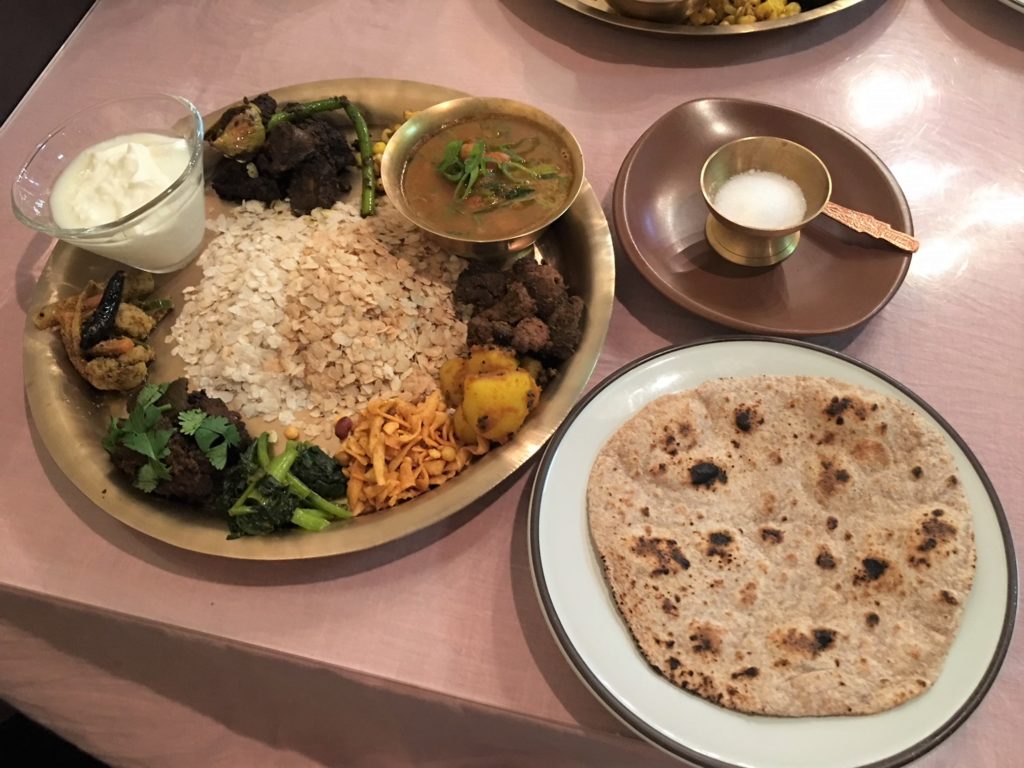 中央の2色のチウラを取り囲むように、10時の位置のダヒから時計回りに、
中央の2色のチウラを取り囲むように、10時の位置のダヒから時計回りに、 猪のブトン(肝、肺、胃)、
猪のブトン(肝、肺、胃)、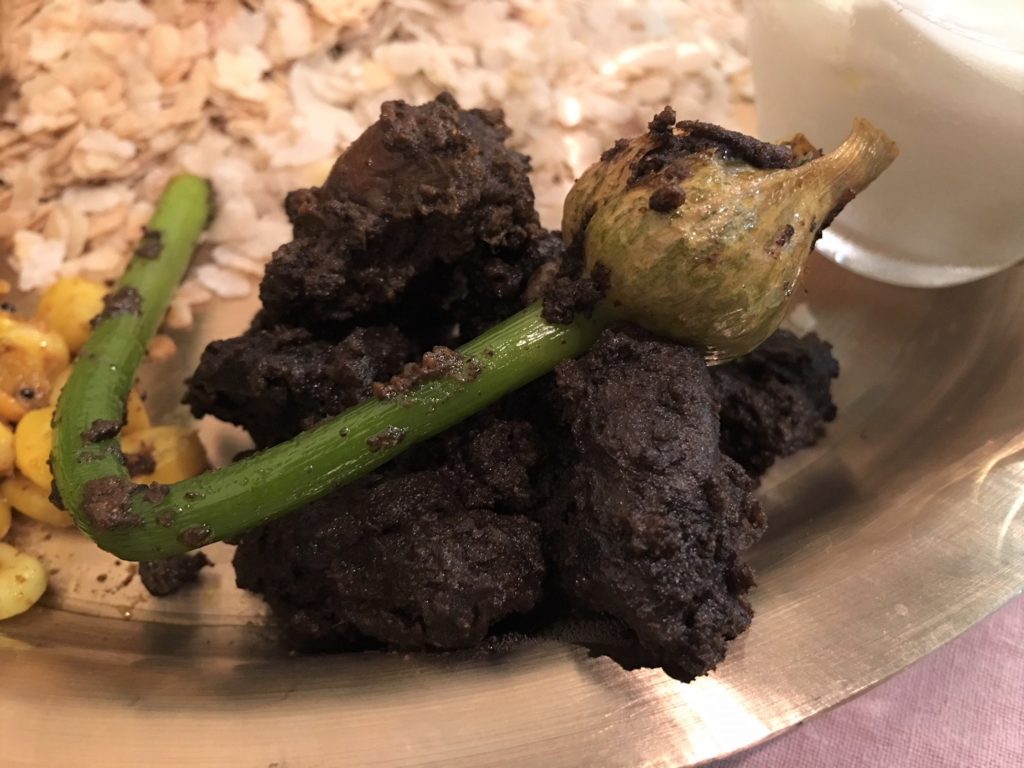 トウモロコシのアチャール、
トウモロコシのアチャール、
チャナ豆と大蒜の葉のタルカリ、
鹿肉のセクワ、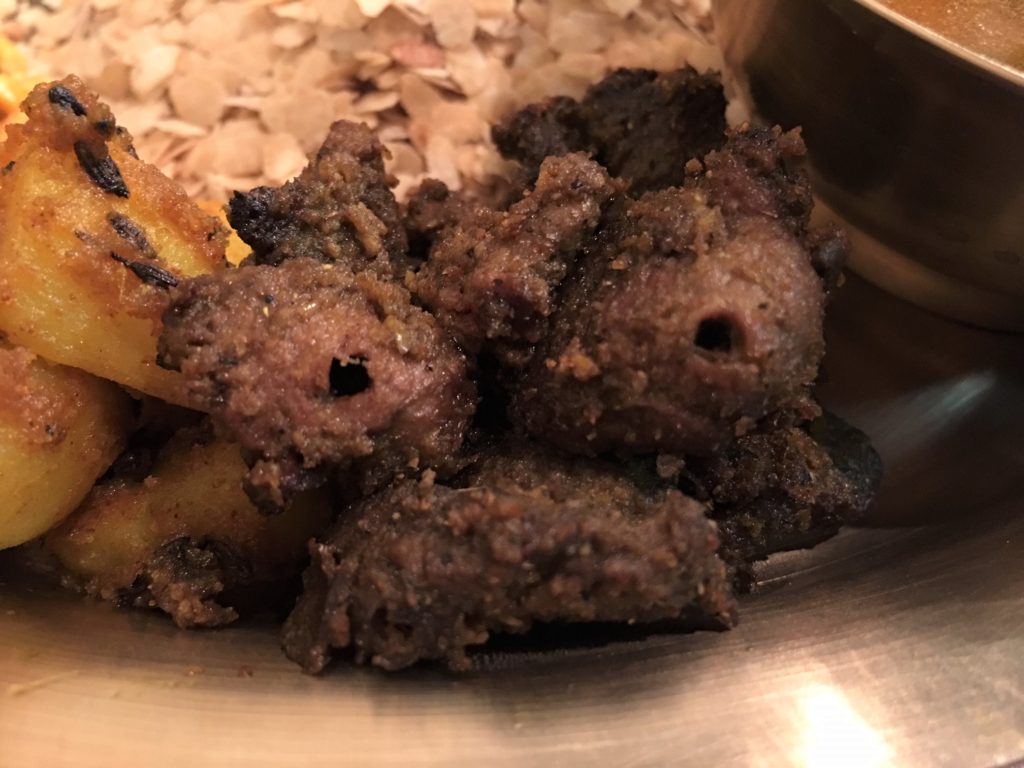 じゃが芋のアチャール、
じゃが芋のアチャール、
ダルマート、
青菜炒め、
鹿のブトン(肝、肺)、
カリフラワー、人参と唐辛子のアチャールが並びます。
このアチャールに仕立てられたカリフラワーの発酵具合が堪りませんでした。
サマエバジに合うのはネパールではチャンと言うことで、他のお客様が持ち込まれた「にごり酒」や、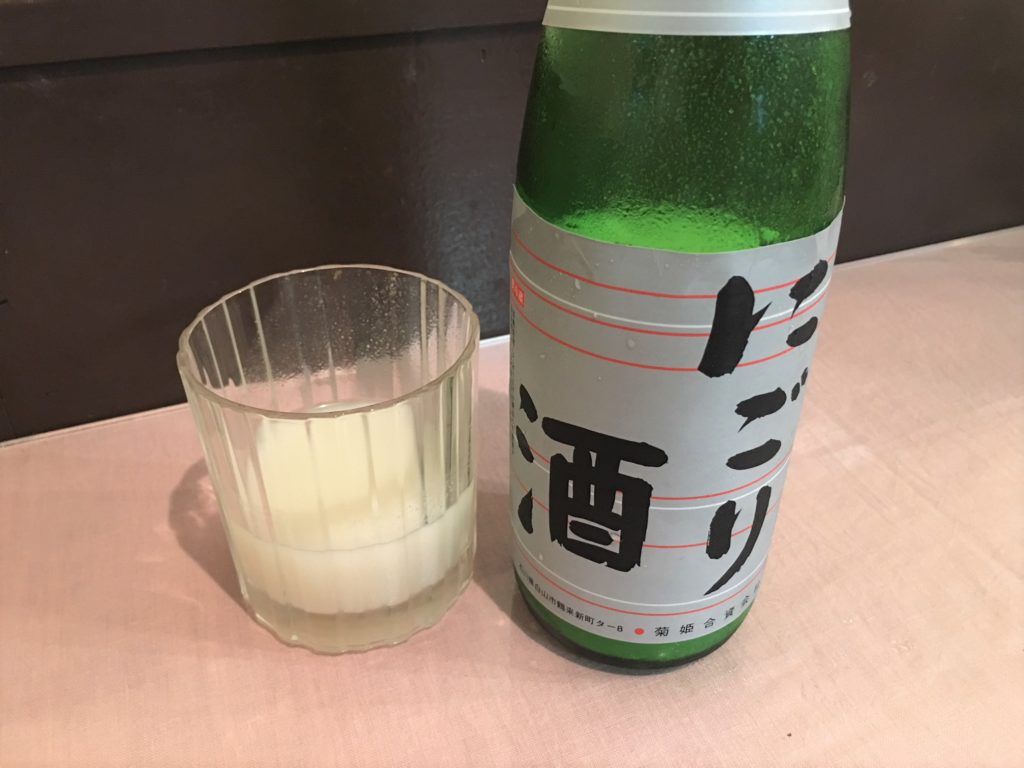
 ロキシーを使った山桃のカクテル、
ロキシーを使った山桃のカクテル、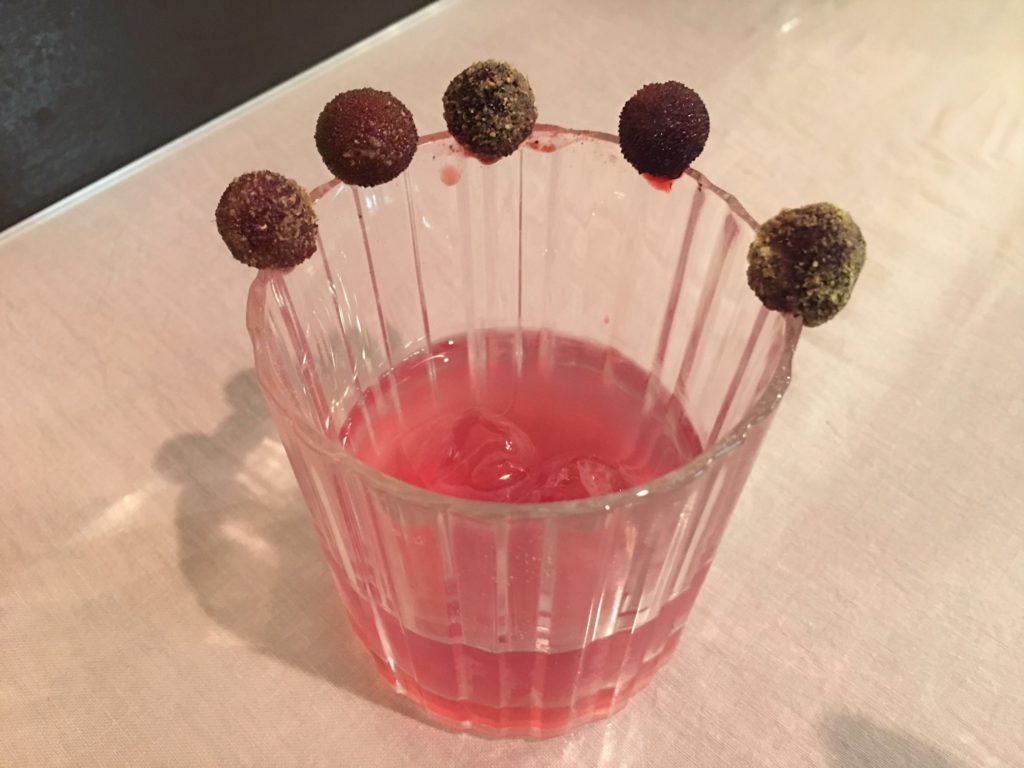 山桃のラッシーなども登場し、
山桃のラッシーなども登場し、 まさしくお祭りの宴の体を成しており、主役がダヒチウラであったことを忘れてしまいそうでした。
まさしくお祭りの宴の体を成しており、主役がダヒチウラであったことを忘れてしまいそうでした。
一つ疑問が湧きます。Asarアサール月の15日は、毎年だいたい同じ6月29日頃になるはず、ということは毎年田植えの時期は変わらないのでしょうか。日本では温暖化に伴い、暑さに強い米への品種改良が進み、それら晩生種に切り替えて栽培されるようになると、田植えの時期が遅くなってきます。一方で、コシヒカリなどの人気品種はそれらに比べ早生が多く、そちらを選択して栽培する農家も出てきます。同じ地方でも、田植え時期が選択する品種によって大きく異なるというのが、日本の米栽培の現状です。ネパールの米栽培の課題の一つが生産性の向上、及び消費者の好みの変化に伴う品質の改善で有り、それを目的とする品種改良や耕作支援も行われており、従来種と田植えの時期が変わらないのかが知りたいところです。
2.5.1 National Rice Day
Recognizing the importance of rice in different aspects of life, the Government of Nepal on 14th December 2004 (29th Mangsir 2061 B.S.) officially declared Asar 15 (June 29) of each year as “National Rice Day” with the aim to create awareness about the importance of rice in the national economy and general well being of the people in Nepal. According to Hindu cultural norm, Ashar 15 is considered as the auspicious day to start rice transplanting for the year. The day also marks a famous festival which is celebrated by singing folk songs, dancing and eating flattened rice mixed with curd. The recipe is popularly called as “Dahi Chiura”. (略)2.5.2 Fine and Aromatic Rice Mission
Nepalese food habit is being gradually shifted towards fine and aromatic rice from coarse rice. As a result rice market transaction is moving to the fine rice. The rice traders try to sell even cheap coarse rice converting into fine rice through high degree of policing for higher price. These days rice traders are attracting consumers by branding any type of rice as Jiramasino (fine rice). Fine and aromatic rice in the Nepalese super market and departmental store is on the rise for past few years. At this backdrop, considering the increasing demand of fine and aromatic rice, GoN has launched the first mission program on “Fine and Aromatic Rice” in 20 districts (Terai-17 and hills-3) from the year 2015. This mission program aims at increasing area, production and productivity of fine and aromatic rice in Nepal and reducing imports. This program targets to cultivate fine and aromatic rice in 7,500 ha and attain yield at 3 t/ha. The major activities of this program are 50% subsidies in foundation seed, 75% in commercial or improved seed, 100% in green manure (Sesbania aculeata) crop seed
and provision of Zinc Sulphate for the reclamation of Zinc deficiency in rice field.
お店で頂ける料理の数々は
→「jujudhau ズーズーダゥ(池田市)ネパールのごちそう」
